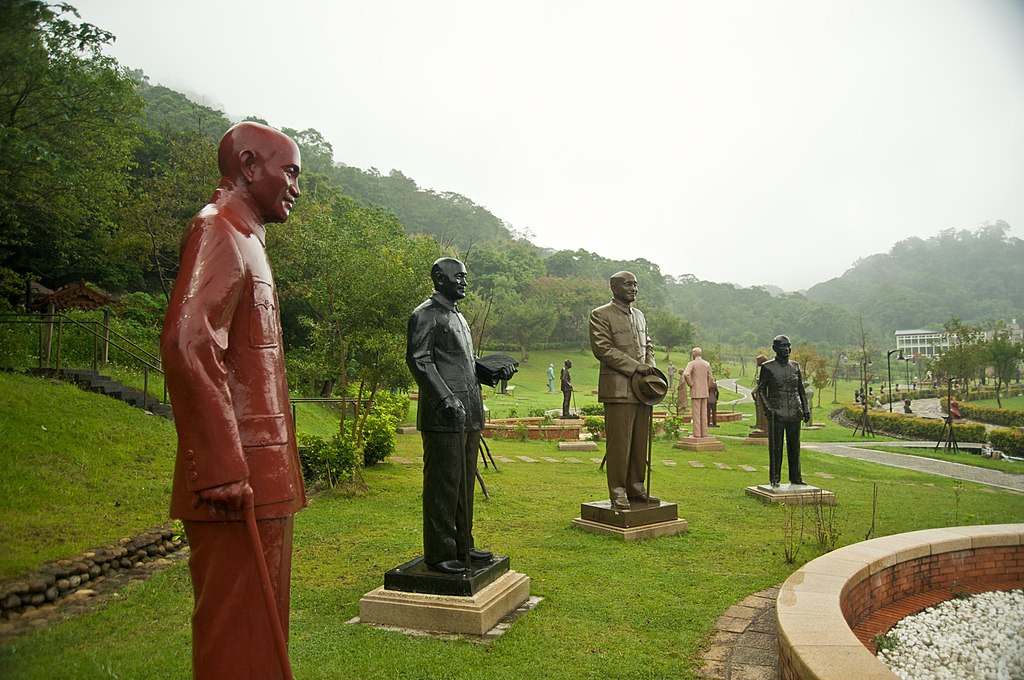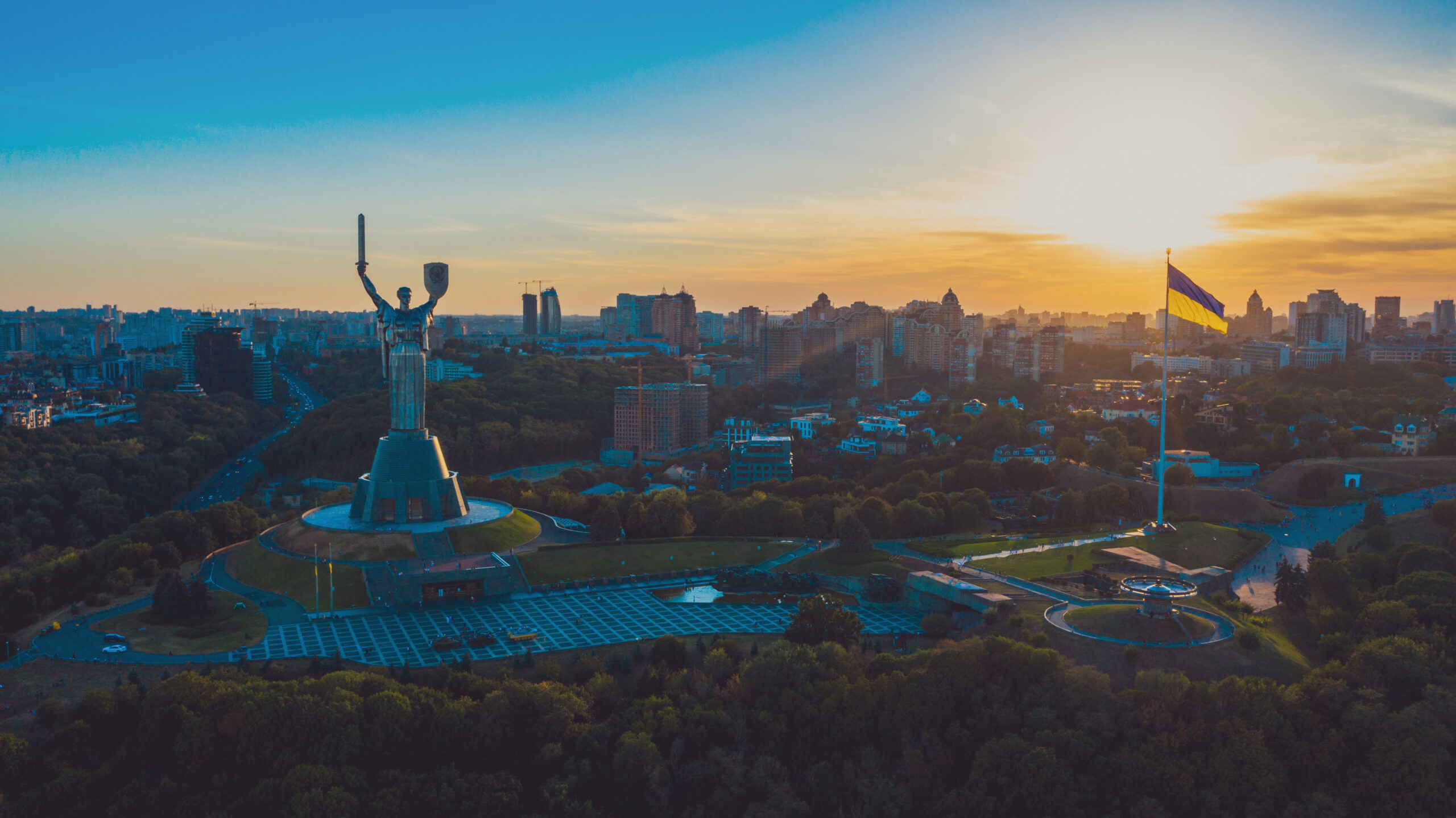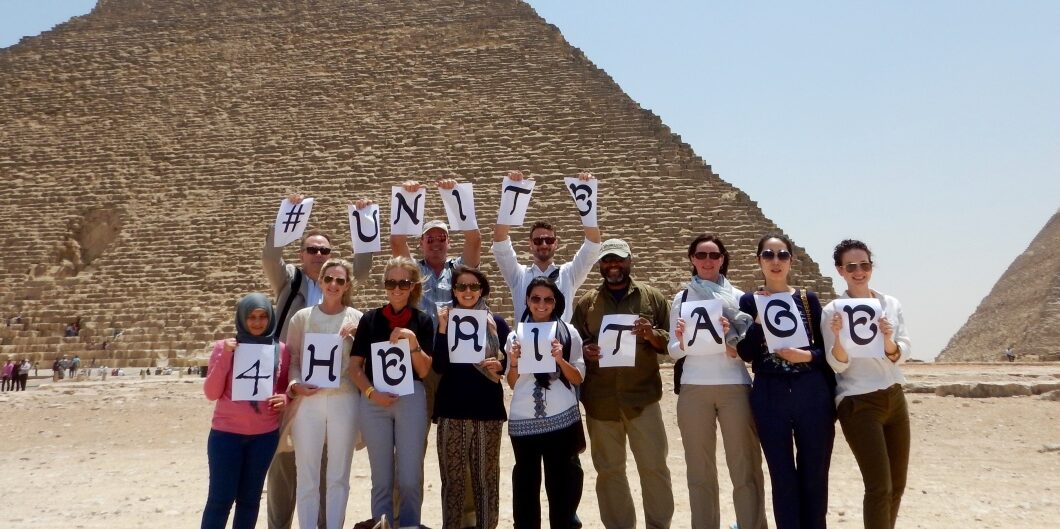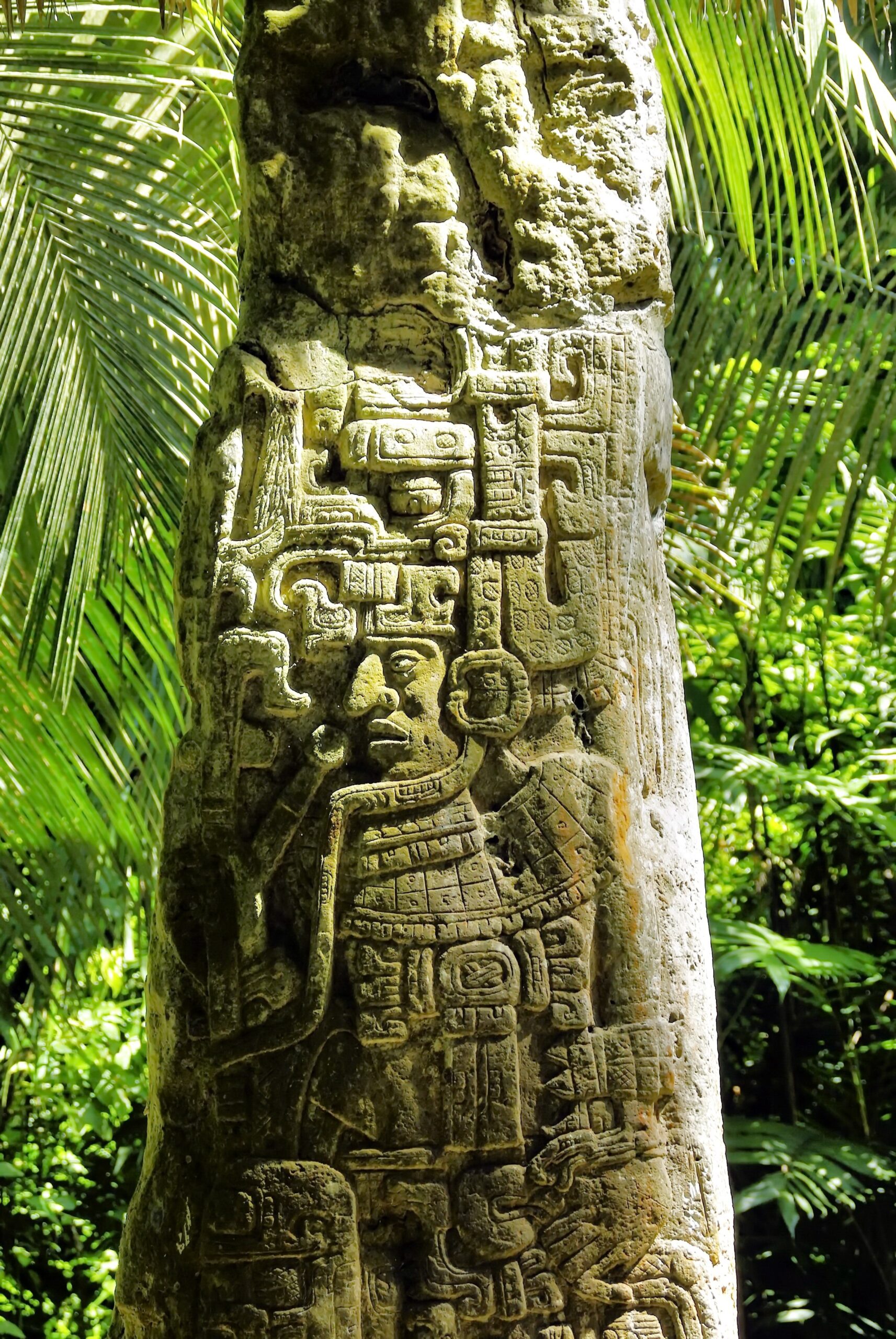Policy Brief No. 5
April 2019
By Seán Fobbe
 Cultural heritage around the world continues to be threatened by war. The 1954 Convention for the Protection of Cultural Property in the Event of Armed Conflict (‘1954 Hague Convention’) automatically confers protected status on every cultural property “of great importance to the cultural heritage of every people.” This very universality, however, is also its greatest weakness: it does not provide visibility to individual cultural sites or help military planners and field commanders choose priorities. In addition, the system of Special Protection under the 1954 Hague Convention is in a state of relative dormancy due to its requirement that sites be located an adequate distance from military objectives, and because of the politicization of the inscription process during the Angkor debacle of the 1970s. World Heritage status functions as a stop-gap measure for some sites, but is financially infeasible for most States and, in any case, provides no additional legal protection.
Cultural heritage around the world continues to be threatened by war. The 1954 Convention for the Protection of Cultural Property in the Event of Armed Conflict (‘1954 Hague Convention’) automatically confers protected status on every cultural property “of great importance to the cultural heritage of every people.” This very universality, however, is also its greatest weakness: it does not provide visibility to individual cultural sites or help military planners and field commanders choose priorities. In addition, the system of Special Protection under the 1954 Hague Convention is in a state of relative dormancy due to its requirement that sites be located an adequate distance from military objectives, and because of the politicization of the inscription process during the Angkor debacle of the 1970s. World Heritage status functions as a stop-gap measure for some sites, but is financially infeasible for most States and, in any case, provides no additional legal protection.
The system of Enhanced Protection under the 1999 Second Protocol to the 1954 Hague Convention addresses these shortcomings by uniting three important considerations: wider scope, ease of access, and strong legal protection. This article recommends that States ratify the 1999 Second Protocol, nominate relevant sites and objects for Enhanced Protection, and support the system of Enhanced Protection by providing and requesting financial and technical assistance from the Fund for the Protection of Cultural Property in the Event of Armed Conflict.
“A grant of Enhanced Protection to a cultural heritage site or object is evidence of its supreme importance to humankind, making it a rallying point for the international community and shifting the political and military calculus of war toward protection from attacks, military use, and looting. Its combination of scope, ease of access, and legal safeguards are second to none in cultural heritage law.”
Seán Fobbe








